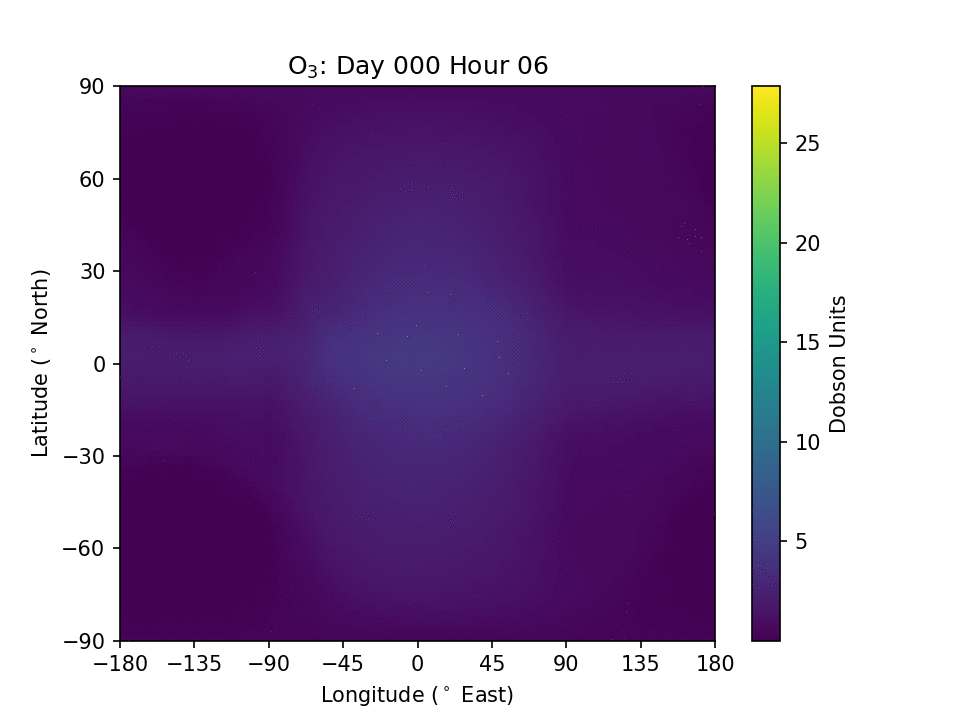Robert Ridgway

Hi! I'm a physicist who has recently completed a PhD in Physics at the University of Exeter. My research was in Exoplanets, in particular the effects of stellar flares on the habitability of terrestrial planets orbiting M Dwarfs. I am interested in planetary science, data analysis, and exoplanets.
View My Twitter Profile
View a list of my publications on ADS
View My CV
Contact Me
Robert Ridgway
Profile
I’ve recently finished a PhD in Physics, studying at the University of Exeter, under the supervision of Nathan Mayne, Hugo Lambert, James Manners, and Maria Zamyatina. My primary research interests are in planetary science, particularly star-planet interactions.
In 2015, I graduated from the University of Calgary receieving a BSc in Astrophysics. In 2018 I recieved a Master’s in Space Physics also at the University of Calgary under the supervision of Brian Jackel. I was working with data from space-based magnetometers to create density profiles of plasma within the dayside terrestrial magnetosphere. This was an extension of the work done during my undergraduate thesis. I presented my work (in the form of a poster) at the 2015 Canadian Association of Physicists (CAP) Congress and the 2016 American Geophysical Union Fall (AGU) Meeting.
In 2018, I begun a PhD at the University of Exeter as part of the Exoplanet Theory group. I have been working with the Met Office Unified Model (UM) to look at the effects of stellar flares on the atmospheric composition and habitability of tidally locked planets orbiting M dwarf stars. In 2022, my PhD research was published in MNRAS.
Research Summary
My PhD work was focused on modelling the impact of stellar flares on the atmospheric composition of tidally locked planets. The question I was working to help solve was a description of whether stellar flares are expected to be dangerous to hypothetical terrestrial life, as well as any potential changes in atmospheric composition that would not be predicted by models which do not account for transient phenomena such as high energy proton fluxes from the star. My research has found that while using a model of ‘active’ stellar spectra, the amount of ozone on the planet increases substantially when the planet is hit by a flare. See the following animation to see the ozone column over 30 days of simulations.

Publications
See here for a list of my academic publications, talks, and posters.